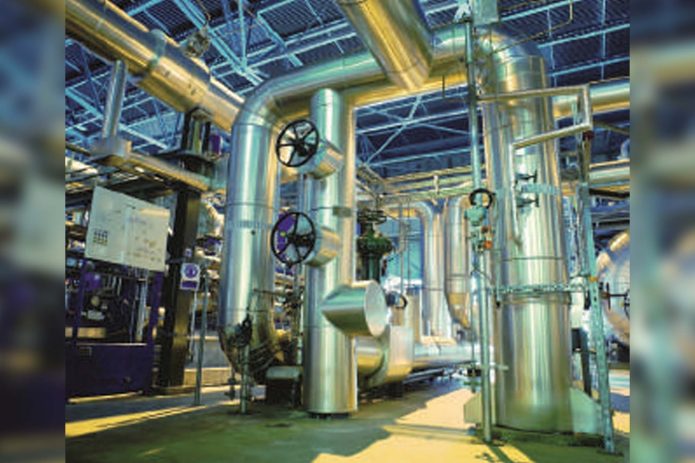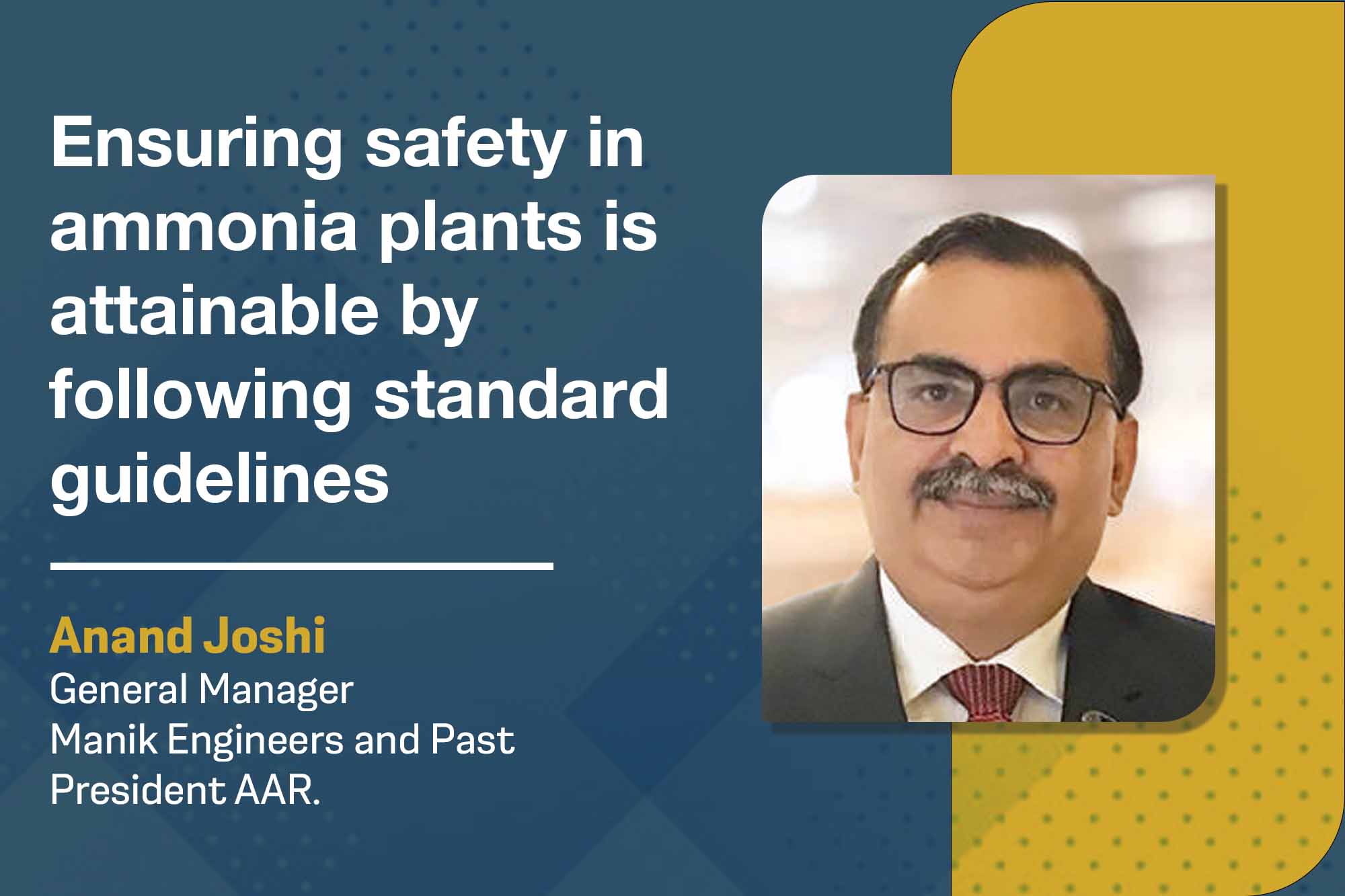Anand Joshi, General Manager, Manik Engineers and Past President Association of Ammonia Refrigeration India, explores the role of ammonia refrigeration, leveraging its natural properties for energy efficiency, and how India’s self-reliance and safety standards contribute to technological progress in the pharma industry.
What prospects do you see for ammonia refrigeration in the temperature-sensitive pharma industry?
Ammonia refrigeration holds promising prospects for the temperature-sensitive pharmaceutical industry due to its status as a natural refrigerant. It possesses the highest latent heat (1247.85 kJ/kg), notably 5 to 6 times greater than any synthetic refrigerant, enabling the same temperature effect with a significantly lower flow rate. Ammonia is the world’s most economical refrigerant and has zero impact on climate, with a Global Warming Potential (GWP) of zero and an Ozone Depletion Potential (ODP) greater than one.
One of the key advantages of ammonia is its versatility as a single refrigerant suitable for a wide temperature range, spanning from +10°C to -50°C. This stands in contrast to synthetic refrigerants, which necessitate the use of multiple refrigerants for different operating temperatures. Consequently, ammonia emerges as the most favourable refrigerant for the pharmaceutical industry, facilitating rapid and energy-efficient temperature changes in the cooling of sensitive pharmaceutical materials.
How does the ammonia refrigeration industry address challenges against synthetic refrigerant manufacturers?
Implementing ammonia refrigeration systems in the Food & Beverage sector comes with challenges. The primary challenge lies in the need for more marketing efforts and funding dedicated to promoting ammonia as the most natural and energy-efficient refrigerant. This challenge is intensified by the lobbying efforts of manufacturers dealing in synthetic refrigerants and equipment. These companies dealing with artificially created refrigerants often have greater financial resources, enabling them to allocate funds to mislead end-users easily. Consequently, the ammonia refrigeration industry faces overcoming financial disparities and counteracting the influence of well- funded lobbying efforts by synthetic refrigerant manufacturers.

Please discuss the advantages of using ammonia as a refrigerant and its environmental impact.
Certain safety measures must be observed when dealing with ammonia refrigeration systems in areas where food is processed or pharmaceuticals are manufactured. Much like the precautions taken in our daily use of highly ignitable fuels such as petrol, LPG, and CNG, maintaining a safe working environment in ammonia plants is achievable through adherence to standard safety guidelines. By following established protocols set forth by the Association of Ammonia Refrigeration and other relevant standards, it is possible to ensure the safe operation of ammonia plants for extended periods. Just as precautions are taken with easily ignitable fuels in everyday life, a commitment to safety measures in ammonia refrigeration systems is essential for protecting personnel and the sensitive processes involved in food and pharmaceutical production.
Ammonia serves as a natural refrigerant with zero environmental impact. Additionally, ammonia has a negligible atmospheric lifespan, meaning that it breaks down into nitrogen and hydrogen when released into the atmosphere. Consequently, there is no adverse effect on the environment.
How do standards impact the performance of ammonia refrigeration plants?
The Association of Ammonia Refrigeration has published the AAR-01 standard for ammonia refrigeration plant design. BIS has adopted it, and it is available as National Standard IS17773:2022. It is still optional in India. When such a standard becomes mandatory, it will improve overall ammonia refrigeration plant performance & safety.
How has India achieved self-reliance in the ammonia refrigeration industry, and what role does it play in advancing energy efficiency within this industry?
Continuous advancements are underway to enhance the utilisation of ammonia across various industries. Many cutting-edge technologies are developing to optimise applications within the ammonia refrigeration industry, focusing on improving energy efficiency and safety measures. It is worth highlighting that India has achieved complete self-reliance in ammonia refrigeration systems. All the components and equipment required for constructing these systems are now manufactured in India, promoting the principles of Atmanirbhar Bharat (self-reliant India). This industry serves as an illustration of technological progress reaching both urban and rural parts of India. It is worth mentioning that the Ammonia Refrigeration Association (AAR) has conducted over 100 technical training programs, imparting valuable knowledge to ammonia refrigeration engineers, technicians, and plant operators.
Cookie Consent
We use cookies to personalize your experience. By continuing to visit this website you agree to our Terms & Conditions, Privacy Policy and Cookie Policy.












